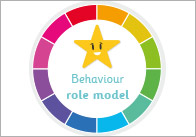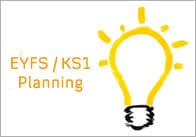Inaugural ‘phonics reading check’ results published
In my last post I discussed the need for a well-trained early years workforce in order to close the gap in ‘school readiness’ between children from poorer backgrounds and their peers. After writing it I came across the Government statistics released last week relating to phonics reading tests undertaken in the summer by all Year 1 pupils across England.
The statistics show that almost half of all children failed the test. They also show an alarming disparity between children eligible for school meals and those who are not eligible. Sixty one per cent of the latter passed the test compared to just forty one per cent of the former.
This statistic highlights the need to break the apparent link between educational attainment and socio-economic background. Greater investment in training for early years professionals could certainly make a positive impact. The statistics also show a significant gender divide. Sixty two per cent of girls met the expected standard compared with just fifty four per cent of boys.
The test examines a child’s ability to decode words in a one-to-one session with a teacher. It was adopted by all English schools for the first time in June but it has been somewhat controversial. Unions believe that it doesn’t serve any real purpose and merely adds to bureaucracy and the burden on pupils and teachers. They claim that it fails to demonstrate whether children understand what they are reading and does not advance teachers’ understanding of a child’s ability to read.
Regardless of whether you believe in the merits of the test you may be interested in the various resources for the teaching of synthetic phonics and the letters and sounds programme that we have available on the site. We also have a collection of phonics / letters and sounds lesson plans.
Popular Teaching Resources
Stay Up To Date
Sign up for our newsletter and we’ll let you know when we create new early years resources.





